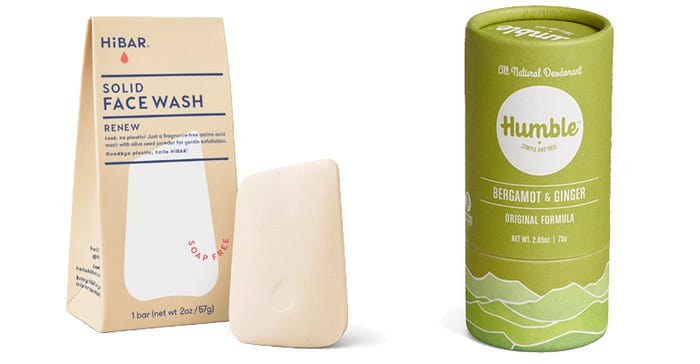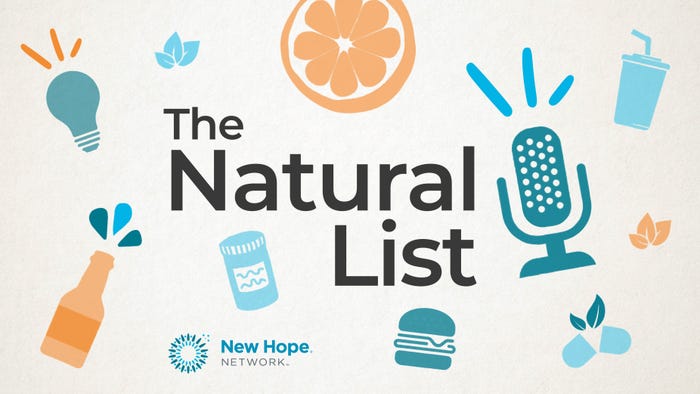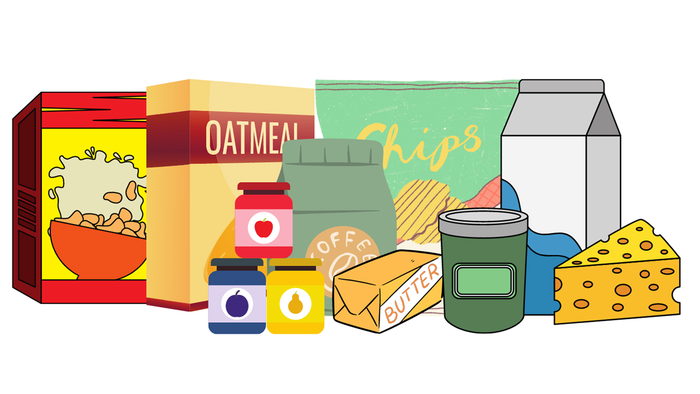
The word “trend” is a tricky one. It implies not only what’s happening now—what tendencies are driving consumers and where they’re putting their dollars—but also what the market should consider for the future of manufacturing, stocking, merchandising and more.
We at New Hope Network believe it’s critical to explore the “why” behind trends. (Yes, we too have been guilty of the occasional trend-spotting foible over the years: Spirulina lavender cricket bars, anyone?) The why, or “macro forces,” are most relevant to shaping the future of natural products and have their origins in three paradigm-shifting “cultural forces” we identify as “Purpose-driven Commerce,” “Holistic Health and Well-being” and “Modern Life.” Zoom in even further and within these macro forces are more nuanced trends that help indicate how the industry is innovating.
The In the Aisle section of the Expo East 2022 edition of Natural Foods Merchandiser includes expert analysis from New Hope’s editors, who provide in-depth commentary on 10 newer, still-emerging trends, as well as their market manifestations from Natural Products Expo East exhibitors. These trends provide a glimpse of where the market is going and which trends we predict will continue to shape it in the future.—Adrienne Smith
Natural product consumers are seeking more transparent, more holistic approaches to finding the right products to fit their lifestyles, and this includes personal care. Brands are responding to this demand with clean beauty products and minimal-waste personal care innovations, as well as by working to educate consumers on the personal and environmental impact of each product, from formulation to packaging.
New Hope Network’s Nutrition Business Journal estimates that sales of natural and organic personal care products will reach $18.42 billion this year. From using organic ingredients to sourcing wild-harvested botanicals and reducing packaging footprints, companies are making sustainability efforts throughout the supply chain.
A great example of this is the trend toward waterless personal care products. Shampoo bars, solid deodorants, powdered skincare products and more are beneficial to both brands and retailers, as products ship lighter, take up less space on shelves and typically last longer. Personal care and cosmetic products also retain a higher potency when they aren’t diluted. Sales of waterless soap and shampoo bars grew by 30% in the 52 weeks ending in April 2022, according to data research company SPINS.
Moreover, the CPG market’s move away from single-use plastic is picking up speed in personal care. Traditionally known for excessive packaging, this category has been taking a minimalist approach with many brands going plastic free. Natural product brands and packaging solution providers are leaning into solutions from compostable materials to brand-supported reuse and recycling programs. For a consumer to consider a product sustainable, a brand’s efforts matter at every stage, from how and where ingredients are grown, sourced, processed and distributed, to how the final product is packaged and transported.

HiBar Solid Face Wash This amino-acid based face wash stands apart from plastic bottled products on the shelf in its 100% compostable and recyclable packaging. This cruelty-free formula is free from soap, phthalates, parabens and mineral oils. SRP: $14.95 Booth: 3446
Humble Brands Bergamot & Ginger Original Formula Deodorant This solid deodorant comes in 100% biodegradable packaging down to the print ink and the lack of a plastic lining. Humble partners with 1% for the Planet and is committed to full ingredient traceability and transparency with cruelty-free formulas that are free from aluminum, alcohol, artificial fragrances, BHA, dyes, parabens and petrolatum. SRP: $12.99 Booth: 3211
About the Author
You May Also Like
.png?width=700&auto=webp&quality=80&disable=upscale)




